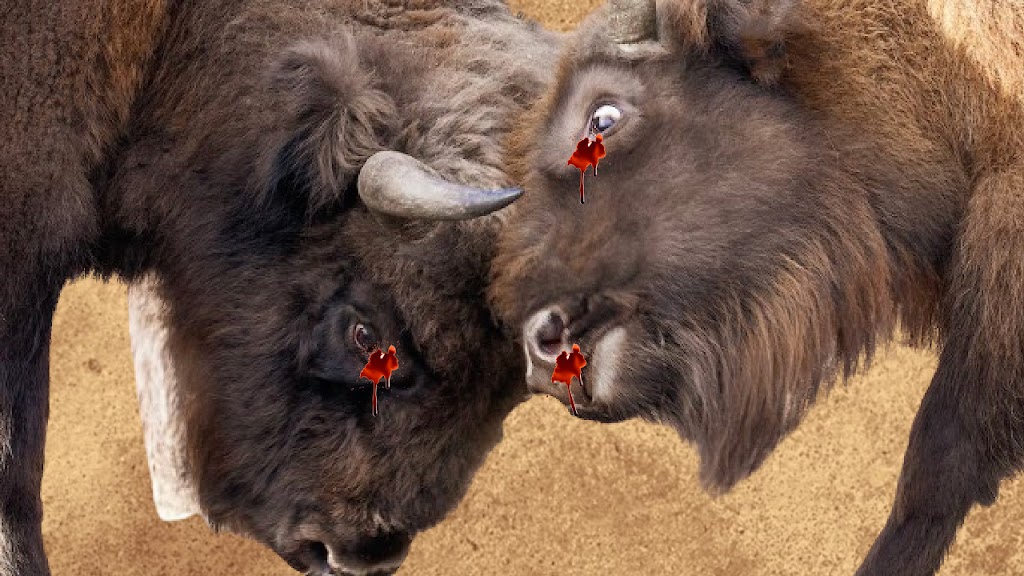Bison, the huge beasts that once roamed the vast North American plains, have always piqued the interest of both nature enthusiasts and scholars. These majestic animals have a fascinating and one-of-a-kind narrative to tell.
In this post, we’ll look into the mystery of bison and investigate the compelling reasons for their exclusive presence in North America. Prepare to be astounded as we reveal seven extremely unique and bizarre bison facts.
Bison, or buffalo as they are commonly known, are predominantly found in North America. But why is this the case? Let’s dig into the reasons behind this unique geographical distribution.
Ancient Roots
The bison’s presence in North America dates back thousands of years. They are considered a native species, having inhabited the continent long before the arrival of European settlers. This ancient connection to the land has played a pivotal role in their exclusive presence.
Evolutionary Adaptation
Bison have evolved over centuries to adapt to the diverse landscapes of North America. From the harsh winters of Canada to the scorching summers of the American Southwest, these creatures have developed unique traits that allow them to thrive in this environment.
Ecological Niche
North America’s diverse ecosystems provide an ideal habitat for bison. Their grazing behavior and digestive systems are perfectly suited to the continent’s grasslands and prairies. This ecological niche has given them a competitive advantage over other herbivores.
Historical Factors
The narrative of the bison is entwined with the history of North America. Native American tribes relied on bison for food, clothing, and shelter, resulting in a strong cultural bond. However, westward expansion and mass killing in the nineteenth century nearly drove them extinct.
Conservation Efforts
Thankfully, conservation efforts have been instrumental in preserving bison populations. National parks and reserves across North America now protect these magnificent animals, ensuring their continued presence on the continent.
Climate and Geography
North America’s diverse climate and geography, from the Great Plains to the Rocky Mountains, offer bison a range of habitats. These geographical variations have contributed to their exclusive presence on the continent.
Frequently Asked Questions
Let’s address some common questions about bison and their unique presence in North America:
What’s the difference between bison and buffalo?
Bison and buffalo are often used interchangeably, but true buffalo are native to Africa and Asia. Bison are distinct and exclusive to North America.
Do bison live anywhere else in the world?
While some bison have been introduced to other parts of the world, their primary and exclusive habitat remains North America.
How many bison are there in North America today?
Thanks to conservation efforts, there are now around 500,000 bison in North America, a significant increase from their near-extinction in the 19th century.
Why are bison considered a keystone species?
Bison play a crucial role in shaping the North American ecosystem. Their grazing behavior promotes plant diversity, benefiting other species in the process.
What are the biggest threats to bison today?
Habitat loss, disease, and competition with domestic cattle are some of the primary threats to bison populations.
Are there any efforts to reintroduce bison to other parts of the world?
Yes, there have been initiatives to reintroduce bison to parts of Europe and Asia, aiming to restore ecological balance.
The bison’s solitary presence in North America attests to its long-standing association with the continent’s history, ecology, and culture.
With their amazing adaptations and importance to the ecology, these majestic creatures remain a symbol of the American wilderness. Bison’s legacy lives on as attempts to conserve and protect them expand.

